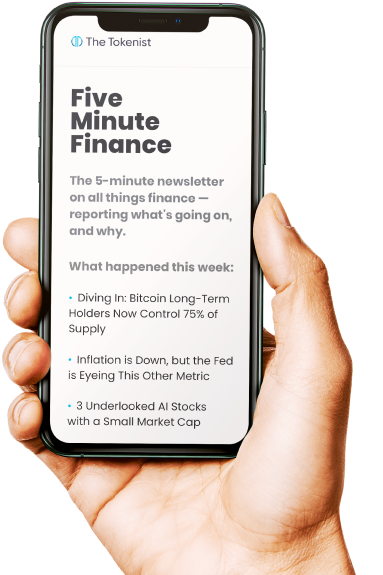
Why PubMatic Stock Tumbled on Weak Q3 Guidance Despite CTV Growth
On Monday, digital advertising company PubMatic (NASDAQ: PUBM) released its Q2 2025 earnings report. Running a sell-side platform (SSP) business model, the company suffered a net income loss of $5.2 million, but managed to grow its revenue 6% year-over-year to $71.1 million.
Over the week, PUBM stock is now down 30%, currently priced at $8.15 per share. This is nearly 40% down from the average 52-week price level of $13.22 per share. Although the quarterly profits are negative, they are nearly halved from the net income loss of $9.48 million in Q1. The real reason for the PUBM stock drop lies in lower Q3 guidance, which is related to PubMatic’s demand-side platform (DSP) partner.
PubMatic’s SSP vs DSP Trouble
For Q3, PubMatic now expects to see a significantly lower revenue, between $61 and $66 million. This puts the company’s year-over-year growth forecast between -15% and -5%. However, the capital expenditures (capex) remain in line at about $15 million for the full year 2025.
In the Q2 earnings report, PubMatic CEO Rajeev Goel emphasized that the “lines between SSPs and DSPs are blurring”, having noted further the need to diversify DSP mix. What does that mean exactly?
PubMatic’s underlying business is programmatic advertising, which just means the automation of buying and selling ad spaces. This is typically done via machine learning to target specific demographics and behaviors. In turn, programmatic advertising has two sides to it – supply-side platforms (SSPs) and demand-side platforms (DSPs).
As an SSP company, PubMatic not only automates auctions for ads but connects to multiple DSPs. The main goal is to maximize revenue by selling to the highest bidder. However, DSPs are in the driving seat as they drive the bulk of the auction demand.
Consequently, losing DSPs, such as Amazon Ads or The Trade Desk, severely reduces the bid pressure and the SSP revenue with it. This is exactly what happened with PubMatic in Q2, framed as “a reduction in ad spend from one of our top DSP partners.”
Join our Telegram group and never miss a breaking digital asset story.
What Is PubMatic’s Plan Moving Forward?
As devices get “smartified”, so does the available real-estate for ad placements. Case in point, the Connected TV (CTV) sector, ranging from smart TVs and gaming systems to Over-The-Top (OTT) devices like Roku, is forecasted to grow to $125 billion by 2030 according to Grand View Research.
This would give the US-based CTV market a compound annual growth rate (CAGR) of 11.1% between 2025 and 2030. For Q2, PubMatic noted CTV as its highest growing sector, at 50% year-over-year. The company also added one of the top US streamers, having penetrated 87% of top 30 global streamers.
PubMatic’s omnichannel video, which includes CTV, generated 41% of its Q2 $71.1 million revenue, having increased 34% year-over-year. In addition to mitigating DSP partner impact, the company is moving to launch its AI chat bot to guide users through ad campaigns.
More importantly, for both the bottom line and client satisfaction, PubMatic is implementing AI agentic workflows to optimize publisher monetization in real time. It is also positive that the company managed to decrease its cost of revenue per million processed impressions by 20%, trailing one year compared to Q1.
This is likely the result of the ongoing AI integration across PubMatic’s tech stack. To diversify DSPs, the company is seeking China’s market as their businesses expand outwards. Given that China has powerful REE leverage, likely having resulted in another 90-day tariff extension, this strategy is likely to work.
PubMatic Price Targets
Unlike the DSP company The Trade Desk (NASDAQ: TTD), which enjoys repeated buy-ins from Cathie Wood’s ARK ETFs, PubMatic is absent from all ARK portfolios. Given that other disruptive companies are listed, such as the aforementioned Roku, investors should take that into consideration.
Nonetheless, the average PUBM price target is now significantly above the present price level, at $12.13, according to WSJ’s forecasting data. Even the bottom outlook is higher at $9, while the ceiling price target for PUBM is $19 per share.
Disclaimer: The author does not hold or have a position in any securities discussed in the article. All stock prices were quoted at the time of writing.




